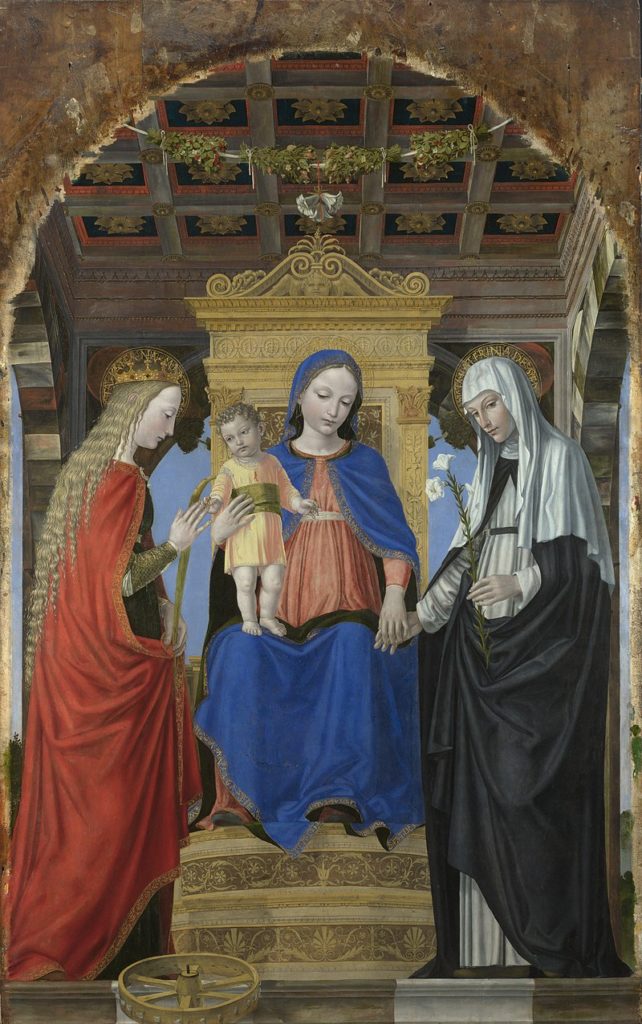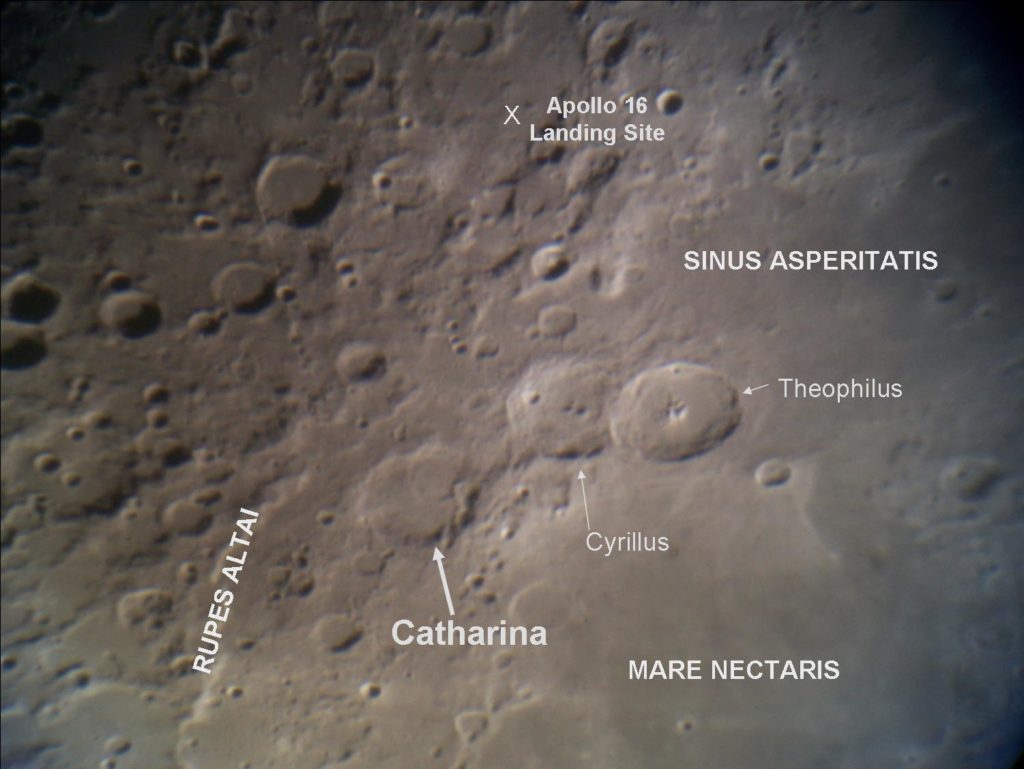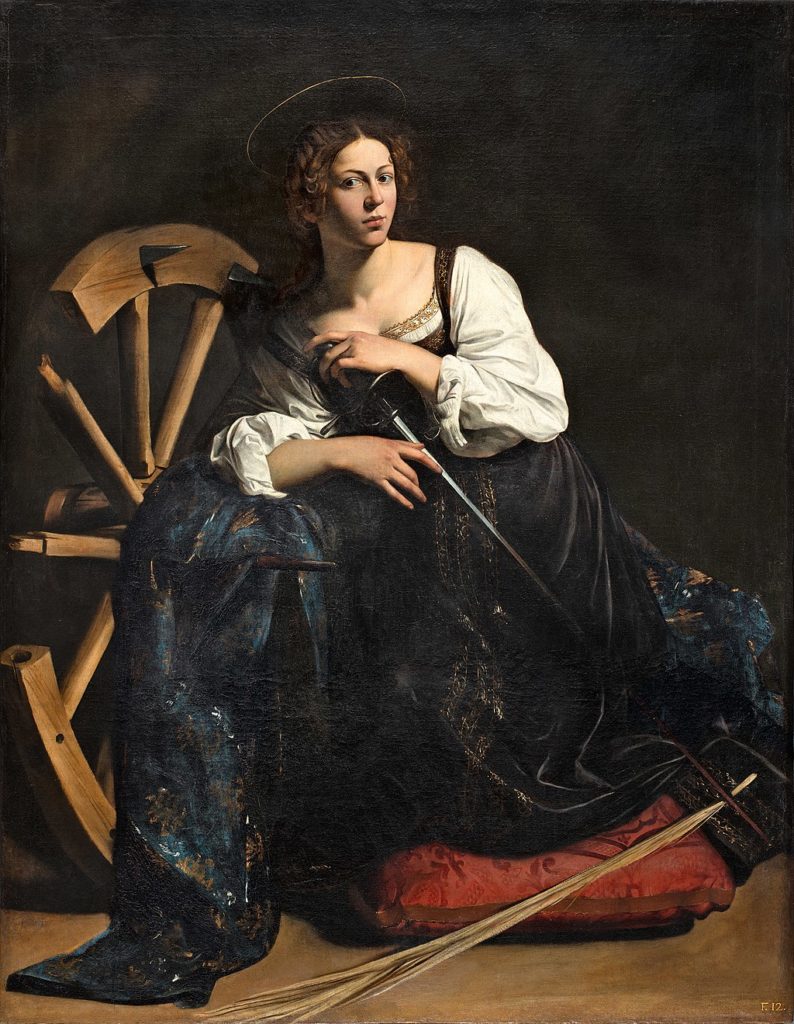 Today in the calendars of both sides of the Roman Rite is the Feast of St. Catherine of Alexandria, virgin, martyr.
Today in the calendars of both sides of the Roman Rite is the Feast of St. Catherine of Alexandria, virgin, martyr.
As a matter of fact, she is celebrated by just about all Christians (who have any doctrine and history).
In the 2005 Martyrologium Romanum we find this entry:
Sanctae Catharinae, quam virginem fuisse Alexandrinam et martyrem nrratur, ingenii acumine et sapientia non minus quam animi robore refertam. Eius corpus in celebri coenobio monte Sina pia colitur veneratione.
It is said that angels bore her body to Mt. Sinai, where Moses received the Law.
In an interesting coincidence, it is also today the feast of St. Moses, a priest and martyr in Rome in 251. It is also the feast of Peter of Alexandria, a bishop and martyr in 311. I’m just sayin’.
In the briefest terms, as a well-educated well-born pagan girl she had a vision of the Blessed Virgin, converted, and dedicated her virginity to Christ. During the persecution by Maxentius she was arrested and challenged by pagan philosophers, some of whom converted before their immediate execution. She was tortured. In prison she was fed by a dove and Christ appeared to her. She claimed Christ as her spouse. People around her converted. She was condemned to a seriously ugly death on the “wheel”, which broke when she touched it. As happened with many remarkably hard to kill virgins, they chopped off her head.
Catherine of Alexandria is depicted usually with a palm, since she is a martyr, and a spiky but broken wheel, the instrument of her agon. She is also often depicted from medieval time onward as the subject of a “mystical marriage” with the Christ Child who is in the act of placing a ring on her finger. Another Catherine who is depicted this way is Catherine of Siena, recognizable in her Dominican habit. There are zillions of painting across several centuries of this popular theme for both saints. The painting I embedded, above, show both saints at the same time, which is not so usual. Sometimes, two Cates are better than one.
Eventually the tale emerged of the discovery of the body of St. Catherine on Mount Sinai, healing oil flowing from the body. It became a pilgrimage destination.
Catherine of Alexandria is also one of the Fourteen Holy Helpers, the “Auxiliary Saint” to whom people have over the centuries turned most often for intercession. Recourse to the Vierzehnheiligen was an especially popular tradition in German speaking lands.
Here is Catherine’s rather poetic Collect in the older, traditional Roman Rite:
Deus, qui dedísti legem Móysi in summitáte montis Sínai, et in eódem loco per sanctos Angelos tuos corpus beátæ Catharínæ Vírginis et Mártyris tuæ mirabíliter collocásti: præsta, quaesumus; ut, ejus méritis et intercessióne, ad montem, qui Christus est, perveníre valeámus:…
Did you know that there is a lunar crater named after St. Catherine of Alexandria?

And in France, unwed women who attain the advanced unmarried age of 25 are called “catherinettes”.
Meanwhile, Catherine saw the consistory list.

CARAVAGGIO (Michelangelo Merisi)_Santa Catalina de Alejandría, c. 1598_81 (1934.37)


































I find it a bit odd that there are no references to her role in St Joan of Arc’s mission as one of her “Voices”.
[I find it a bit odd that you did not mention that her father was the governor of Alexandria.]
A beautiful story of a Saint. What hits me as I read it and all the great history of the Saints that you post, is how much the world is laking in these true histories and martyrologies. In traditional Catholic schools these are still taught.
Imagine if everyday the Vatican gave us the stories of the Saints on social media to educate the world on the One True Faith. Sometimes when I pray the Mass, I read “The Red”. I love how every action of the Priest has a meaning.
Maybe the next Pope will see what a great tool for good the internet can be used for.
And in France, unwed women who attain the advanced unmarried age of 25 are called “catherinettes”.
Hmm… As someone who’s involuntarily single in her 40s, I guess that’s better than “spinster” or “old maid”, but I REALLY wish we’d nix the special terms that make those of us who are unattached and might be still looking for husbands and really hurting about it feel even worse, because they constantly reinforce the idea that we’re weird or something.